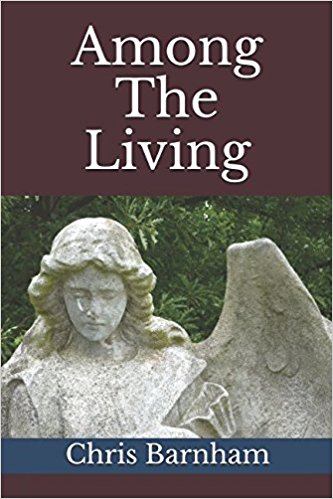 I’ve been trying hard recently not to follow the news. (The reason? To shift the balance so that I spend less time on urgent things and more on important things, but that’s another story.)
I’ve been trying hard recently not to follow the news. (The reason? To shift the balance so that I spend less time on urgent things and more on important things, but that’s another story.)
But however hard you try, some stories are unavoidable. A few weeks ago, there were two explosions at the Boston Marathon. They killed three people and injured hundreds more.
In the days after the bombings, we witnessed the extraordinary spectacle of Boston in what was described (by journalists who may have watched too many episodes of ’24’) as a ’lockdown’. The heavy mobilisation of armed forces, combined with a city’s population confined to their homes, eventually resulted in the capture of one suspected bomber and the death of his brother in a shootout.
It was impressive and scary. And no one would argue that the bombings were not a terrible event, demanding a strenuous response. Yet some people also remarked upon an interesting contrast: on the one hand the no-holds-barred, Die-Hard-in-Boston, heavy discipline in response to a terrorist event; on the other hand the continuing lack of any effective action to counter the routine shooting of tens of thousands of Americans every year, and the almost commonplace nature of gun crime.
Just recently I caught up with a two-part episode of the excellent ‘This American Life’ podcast. It featured Harper High School, on Chicago’s South Side. It was a fascinating portrait of a school in which 29 students were shot over the last year.
The two stories made me think back over the years, to the time I lived in Chicago in the 1990s. Coming from London, I thought I was pretty streetwise and wordly. I had a fantastic year. I loved the city and I still miss it. But nothing had prepared me for the darker aspects of America’s urban areas.
I never went to Harper High School, but the very first Chicago school I visited in Chicago was also on the city’s south side, a place called Du Sable. This school of 1300 students had four armed Chicago police officers on site and seven other security staff. It was by no means a ‘bad school’ – in many ways it was a success story. I met bright and ambitious students, and ferociously dedicated teachers. But it was located amidst the notorious Robert Taylor Homes housing project. This has since been demolished, but a couple of years before my visit, the Project, with 0.5 per cent of Chicago’s population, had 11 per cent of the city’s murders and nine per cent of its rapes.
Eleven per cent of Chicago’s murders was (and still is) a lot. The year I visited, there were well over 900 homicides in Chicago. This was substantially more in a city of three million people than in the whole of Britain – a murder rate of nearly 34 per 100,000 people against Britain’s 1.4 per 100,000.
That year nearly 60 children under the age of 15 were murdered in the Chicago area.
Over the Labor Day weekend – which my family spent at the beach and at the city’s famous jazz festival – 28 murder victims died across the city.
A month later, a seven-year old boy was shot dead by a sniper outside his home in Cabrini Green, a housing project where residents had to pass through metal detectors to get into their homes. He was leaving his apartment block with his mother to go to school. A youth confessed immediately, claiming he had not intended to hit the boy but had been shooting at someone else. Some commentators accordingly referred to it as an ‘accidental’ shooting.
Another month later a 15-year old boy was shot dead in school. The school principal copped some grief for that one – the school had metal detectors at the entrance to search for weapons, but they hadn’t been used that day.
It was striking how easy it was to take this carnage for granted. I vividly remember telling colleagues back at my university about my visit to Du Sable. One said she had lived in Chicago all her life and never been to the South Side. Another – when I expressed my surprise at how violent and racially segregated the city was – said: “Isn’t London like that?”
“Er, no,” I said. “Call me naive, but I really don’t think it is.”
Which brings me to the third news story that caught my eye recently, closer to home. A few weeks ago, something called the UK Peace Index was published, and a lot of headlines round my way picked up on the rating of the borough of Lewisham as the least peaceful place in the UK.
This caused a frisson locally. So we were the top local area for violent crime and murder? How come we hadn’t noticed that while we were sipping coffee in the park cafe?
In fact, the real story was that violence had declined substantially across the whole UK in the last decade. Including in Lewisham.
But even if it hadn’t, our murder rate of 2.5 per 100,000 remains half that of the whole USA (which itself has experienced a sharp decline in violent crime in the past decade). And way behind Chicago, which still has nearly 19 murders per 100,000.
So, coming back to my resolution to avoid too much news, we should remember to look beyond the headlines and the easy assumptions.
Despite the Boston bombs, in America you are much more likely to be shot by someone you know than blown up by anonymous fanatics.
And I may live in the borough that is statistically the most violent in the UK. But it’s much more peaceful than it was a decade ago.
And it seemed OK then.





